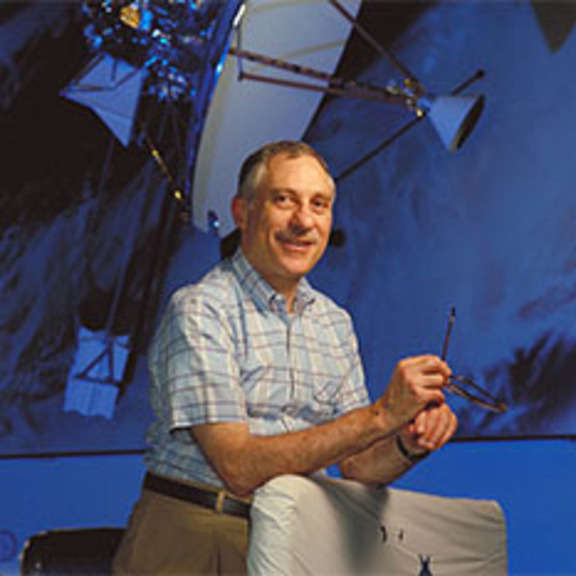
James Pollack
Astrophysicist, NASA Ames Research Center
James B. Pollack (July 9, 1938 – June 13, 1994) was an American astrophysicist who worked for NASA's Ames Research Center.
He explored the weather on Mars using data from the Mariner 9 spacecraft and the Viking mission. On this he based ground-breaking computer simulations of winds, storms, and the general climate on that planet. An overview of Pollack's scientific vita is given in the memorial talk "James B. Pollack: A Pioneer in Stardust to Planetesimals Research" held at an Astronomical Society of the Pacific 1996 symposium.
He was a recipient of the Gerard P. Kuiper Prize in 1989 for outstanding lifetime achievement in the field of planetary science. Pollack died in 1994 from a rare form of spinal cancer, at age 55.
A crater on Mars was named in his honor.


 Explore Worlds
Explore Worlds Find Life
Find Life Defend Earth
Defend Earth

